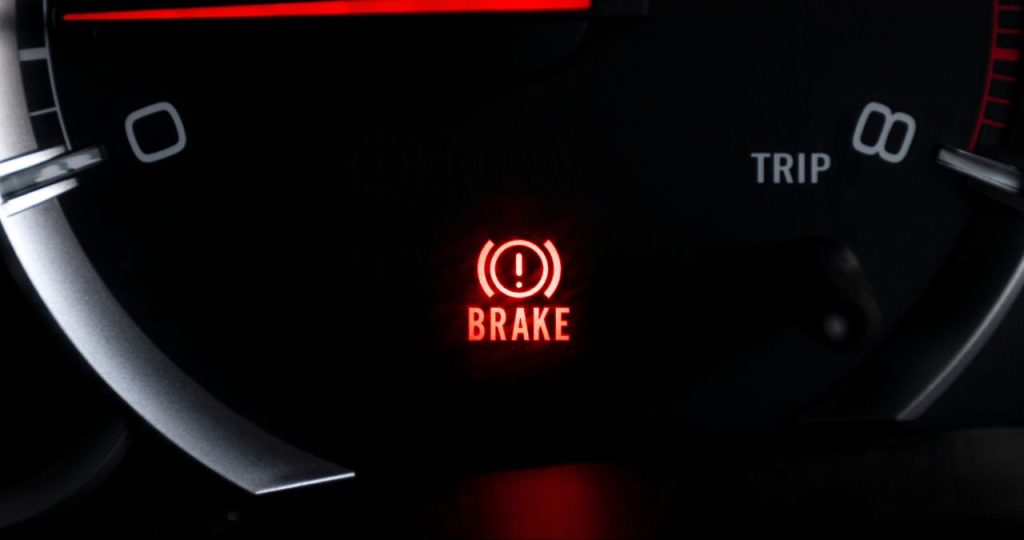Repair instructions
Brake System Warning Light: What Does It Mean?
Summary:
Brake warning lights are your vehicle’s way of letting you know something in the braking system needs attention. Whether it’s low brake fluid, worn pads, or an ABS issue, these warnings shouldn’t be ignored.
Understanding Brake System Warning Lights From a Technician’s Perspective
Modern vehicles come equipped with several brake-related warning lights on the dash. These lights are designed to alert you to specific issues that could affect your vehicle’s stopping power. The most common ones you’ll see are:
- Brake System Warning Light
- ABS (Anti-lock Brake System) Warning Light
- Brake Pad Wear Indicator Light
Let’s break down what each of these means and what steps you should take when they appear.
1. Brake System Warning Light
This is typically a red light on your dash that looks like a circle with an exclamation point or the word “BRAKE.”
This light usually comes on for one of two main reasons:
- The parking brake is still engaged.
- The brake fluid level is low.
When this light comes on, your first step should be to ensure the parking brake is fully released. If the brake is off and the light stays on, check the brake fluid reservoir under the hood. A low fluid level could indicate worn brake pads or, more seriously, a leak somewhere in the hydraulic system.

🚨 Important:
If you find the brake fluid is low and there’s no obvious reason (like worn pads), do not drive the vehicle. A brake fluid leak can lead to total brake failure. Have the car towed to a qualified shop and inspected right away.
2. ABS Warning Light
All vehicles sold in the U.S. since 2004 are equipped with an Anti-lock Brake System (ABS). The ABS helps prevent wheel lock-up during hard stops by modulating brake pressure.
When the ABS control module detects a fault anything from a bad wheel speed sensor to a failed ABS pump it will turn on the ABS warning light and store a diagnostic trouble code (DTC).
To properly diagnose the issue, a technician will connect a scan tool to retrieve the stored code. This helps pinpoint the faulty component for repair.
🛠️ Note:
When the ABS light is on, your regular brakes still work but the anti-lock feature is disabled, which can affect emergency braking performance, especially in wet or slippery conditions.
3. Brake Pad Wear Indicator Light
Some newer vehicles have sensors on the brake pads that trigger a dashboard warning when the pads are worn down to a certain level.
This light may appear as a symbol (a circle with dotted lines around it) or a message like “Brake Pads Worn” in the instrument cluster.
If you see this warning, it’s time to replace the brake pads. Neglecting it could result in metal-to-metal contact, which can damage the rotors and lead to much more expensive repairs.
Is It Safe to Drive With These Warning Lights On?
Here’s the bottom line:
- 🚨 Brake System Warning Light: Treat this as urgent. If low fluid or a hydraulic leak is suspected, don’t drive have it towed.
- ⚠️ ABS Light: Not as critical, but still needs attention. Your brakes will function, but without ABS support.
- ⚠️ Brake Pad Warning: Safe for short distances, but get those pads replaced soon to avoid further damage.
When in Doubt, Get It Checked Out
Braking systems are not something to gamble with. If any of these lights come on and you’re not 100% sure why, have a certified technician inspect the system. Better safe than sorry your safety depends on it.
